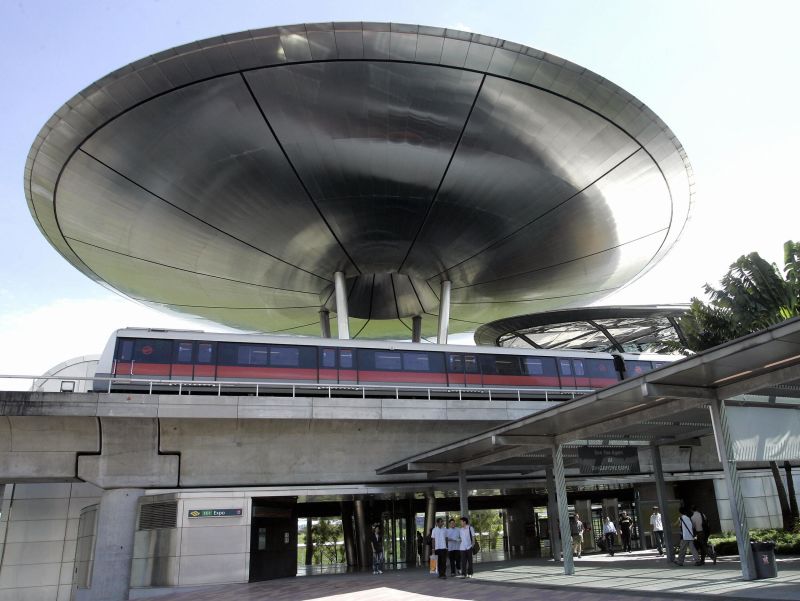Overview of Singapore’s MRT System
Singapore’s Mass Rapid Transit (MRT) is a state-of-the-art subway system that has become a cornerstone of urban transport in the city-state. Since its opening in 1987, it has connected commuters across the island and is recognized as one of the most advanced public transit systems in the world. This article provides a comprehensive look at the MRT’s operations, features, and its vital role in Singapore’s public transportation system.
MRT Network and Operations
The MRT network comprises 113 stations and spans approximately 153 kilometers. It is designed to facilitate convenient commuting across different neighborhoods and commercial districts. Moreover, the system operates with remarkable efficiency, utilizing advanced technology for smooth transit and safety mechanisms.
Key Features of the MRT System
- High Connectivity: The MRT provides connections to various bus routes, making it easy for commuters to access their destinations.
- Automated Operations: The system employs automated trains that enhance operational efficiency while minimizing wait times for passengers.
- Accessibility: MRT stations are equipped with facilities designed for ease of access, including lifts and escalators for commuters with mobility challenges.
- Real-Time Updates: Commuters benefit from real-time service updates through screens at stations and service apps, ensuring they are informed of any delays or changes.
Impact on Urban Mobility
As Singapore’s public transport expands, the MRT system plays a significant role in reducing traffic congestion. Public transport options can alleviate the number of vehicles on the roads, contributing to a more sustainable urban environment. Consequently, the MRT not only facilitates swift transportation but also helps in reducing the carbon footprint associated with personal commuting.
Future Growth and Challenges
Despite its success, the MRT system faces challenges, including the need for future expansion to meet the increasing demand from a growing population. With Singapore’s population potentially increasing by 30% by 2030, enhancing public transport will be vital. The government continuously works on initiatives to expand the MRT network and improve services, ensuring it meets the needs of its users.




In conclusion, the MRT system remains a backbone of Singapore’s transport infrastructure, significantly impacting the daily lives of its residents and visitors alike. Future advancements and expansions will be essential to continue supporting Singapore’s growth and urban mobility needs. For further insights on urban mobility solutions, consider checking related resources or studies available online.




